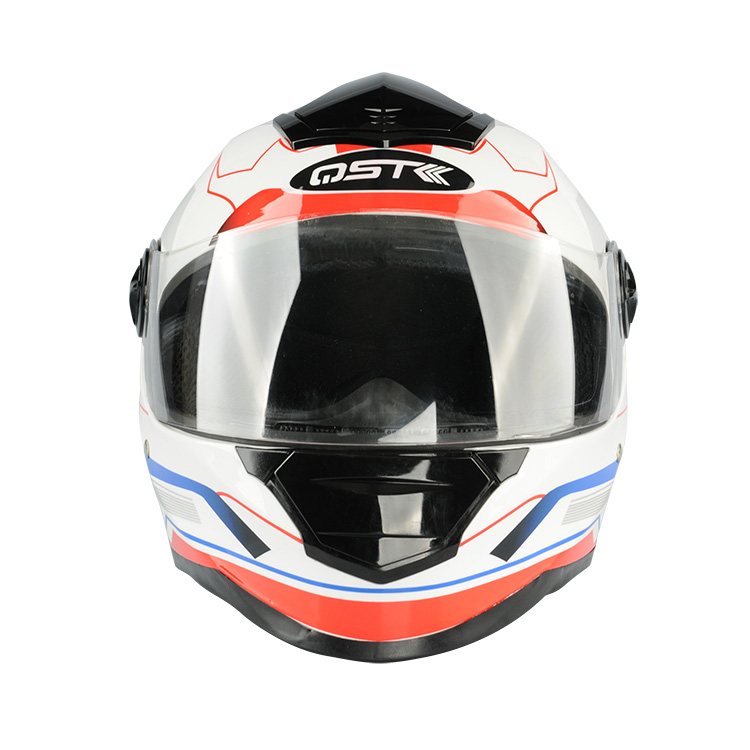Functions of motorcycle Helmet
2024-02-20
Motorcycle helmets serve several crucial functions aimed at protecting the rider's head and improving overall safety during motorcycle rides. Here are the primary functions of a motorcycle helmet:
1. Head Protection: The fundamental function of a motorcycle helmet is to provide protection for the rider's head. In the event of an accident or collision, the helmet acts as a barrier between the rider's skull and external impact forces, reducing the risk of severe head injuries.
2. Impact Absorption: Helmets are designed to absorb and distribute impact energy. The outer shell of the helmet and the inner liner (usually made of EPS foam) work together to minimize the force transferred to the rider's head during an impact, reducing the risk of skull fractures and traumatic brain injuries.
3. Facial Protection: Full-face helmets provide protection not only for the head but also for the face and jaw. The visor or face shield guards against wind, debris, insects, and other hazards that could cause injury to the rider's face.
4. Prevention of Abrasions: Helmets provide a protective barrier against abrasions and lacerations in the event of a slide or fall. The outer shell of the helmet is designed to slide on the road surface, minimizing friction and preventing severe abrasions.
5. Eye Protection: The visor or face shield on a helmet shields the rider's eyes from wind, dust, insects, and debris. Clear vision is essential for safe riding, and the visor helps maintain visibility in varying weather conditions.
6. Wind Noise Reduction: Helmets help reduce wind noise during rides, which can contribute to rider fatigue and potential hearing damage over time. The aerodynamic design of helmets is aimed at minimizing wind resistance and noise.
7. Thermal Insulation: In colder weather, helmets provide thermal insulation, helping to keep the rider's head warm. Some helmets come equipped with ventilation systems that can be adjusted to maintain comfort in varying temperatures.
8. Ventilation: Many helmets have ventilation systems that allow air to flow through the helmet, keeping the rider cool and preventing fogging on the visor. Proper ventilation enhances comfort, especially during warmer rides.
9. Retention System: Helmets are equipped with a retention system, usually a chin strap, to ensure that the helmet remains securely on the rider's head during a ride. This prevents the helmet from coming off in the event of an accident.
10. Visibility Enhancement: Some helmets come with built-in features to enhance rider visibility, such as reflective elements or LED lights. Improved visibility contributes to overall safety, especially in low-light conditions.
11. Aerodynamics: The shape and design of helmets are often optimized for aerodynamics, reducing drag and improving stability at higher speeds.
It is essential for riders to choose a helmet that meets safety standards, fits properly, and is well-maintained. Regular inspections, proper care, and adherence to safety guidelines contribute to the helmet's effectiveness in protecting the rider during motorcycle rides.



